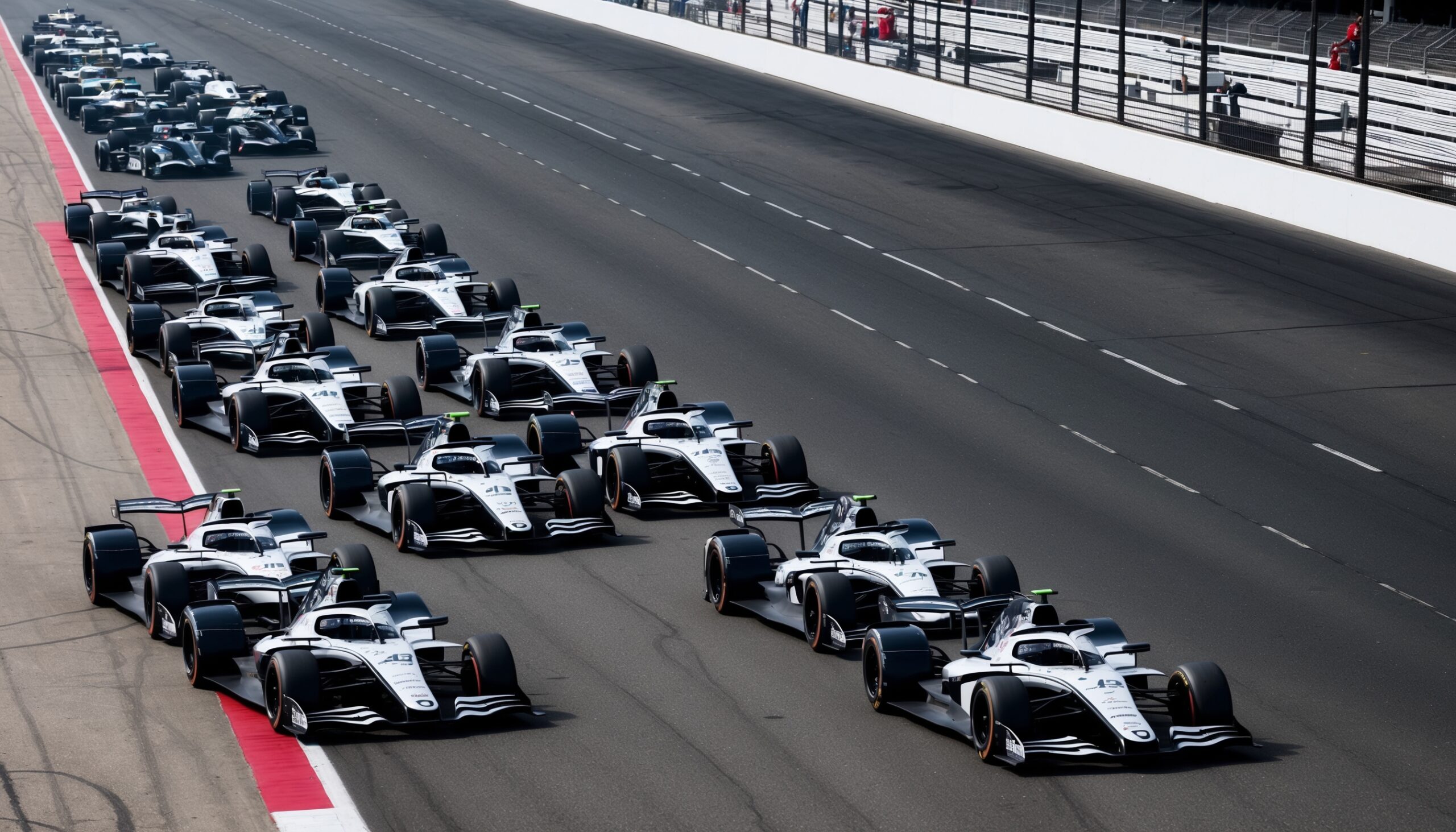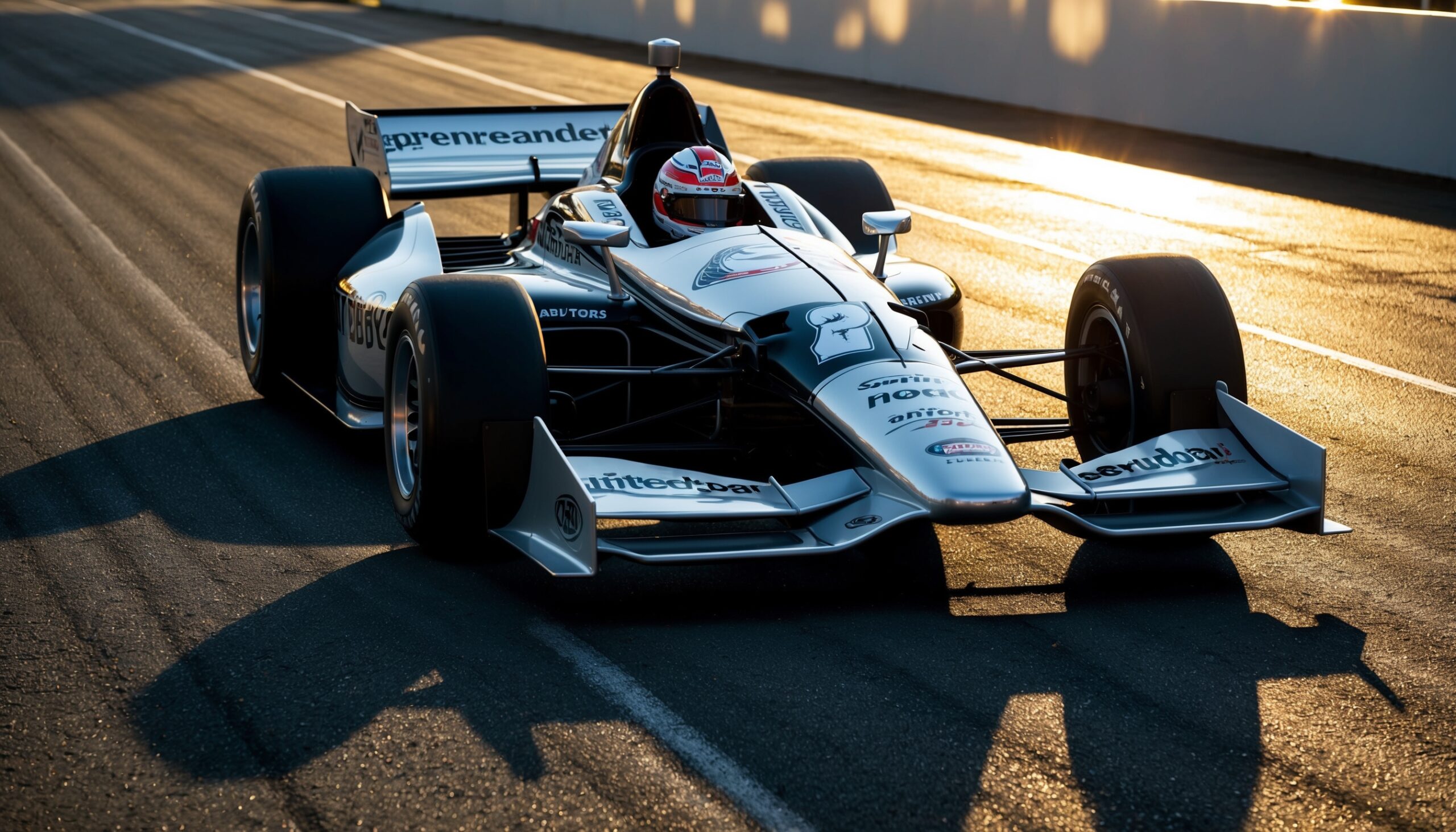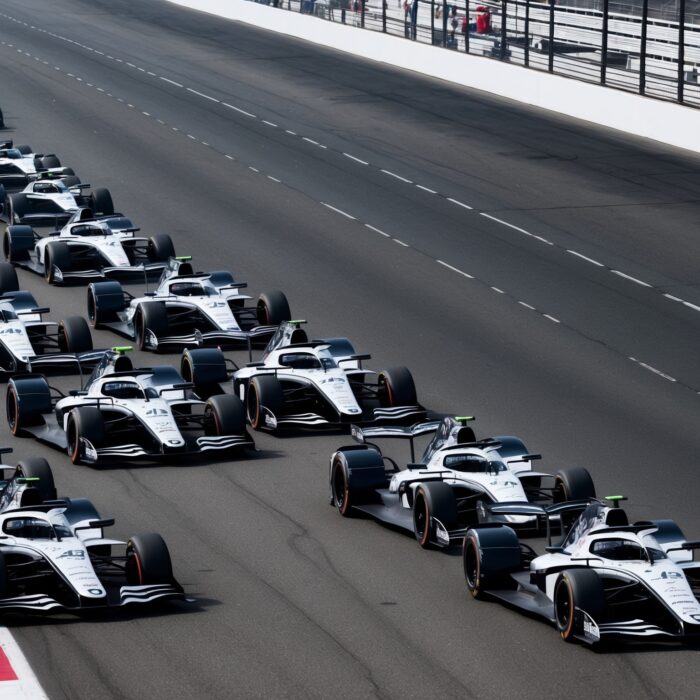This is what it takes to design an F1 trophy
Formula One is not just about speed, precision, and adrenaline; it’s also about the glamorous trophies that celebrate the champions of this thrilling sport. When you think of an F1 trophy, you probably envision something shiny, intricate, and awe-inspiring. But have you ever wondered what it takes to design one of these coveted pieces of hardware? Buckle up, because we’re about to dive into the fascinating world of F1 trophy design, exploring the creativity, craftsmanship, and cultural significance behind these iconic awards.
The Symbol of Victory
For drivers, winning a Formula One race isn’t just about crossing the finish line first; it’s about the glory that comes with it. The trophy is a symbol of their hard work, dedication, and the countless hours spent perfecting their craft. The design of an F1 trophy must reflect not only the prestige of the event but also the spirit of competition that defines the sport.
Historical Context
Before we get into the nitty-gritty of trophy design, let’s take a quick look at the history of F1 trophies. The very first Formula One World Championship took place in 1950, and since then, the trophies have evolved significantly. Initially, they were relatively simple, often resembling traditional chalices or cups. However, as the sport grew in popularity and prestige, so did the trophies themselves.
Today, F1 trophies are often elaborate works of art, designed to be as memorable as the races they commemorate. Each trophy tells a story, reflecting the culture of the host country and the unique characteristics of the race itself.
The Design Process
Designing an F1 trophy is not a task taken lightly. It typically involves a collaborative effort among designers, engineers, and even drivers to ensure that the final product is a fitting tribute to the victor. Here’s a closer look at the steps involved in creating an F1 trophy:
- Concept Development: The design process often begins with brainstorming sessions, where ideas are generated based on the theme of the race, the location, and the overall aesthetic that the event organizers want to convey.
- Materials Selection: Choosing the right materials is crucial. Trophies are usually made from metals like silver, gold, or stainless steel, and may include glass or crystal elements for added flair.
- Prototyping: Once a concept is agreed upon, designers create prototypes to visualize the trophy in three dimensions. This step allows for adjustments before the final production begins.
- Final Design Approval: The design is presented to stakeholders, including F1 officials and sponsors, for approval. This is a critical step, as everyone involved wants to ensure it meets their expectations.
- Manufacturing: After the design is approved, the trophy goes into production. Skilled artisans and craftsmen use advanced techniques to create the final product, which can take weeks or even months to complete.
Design Inspirations
Inspiration for F1 trophies often comes from the culture and heritage of the host country. For instance, the Italian Grand Prix trophy might incorporate elements of Italian art or architecture, while the Japanese Grand Prix trophy may reflect traditional Japanese aesthetics. This not only honors the local culture but also adds a unique flair to each trophy.
Additionally, the design can be influenced by the race itself. For example, a trophy for a race held in a city known for its skyline might incorporate elements mimicking that skyline, while a trophy for a race in a more rural setting might reflect nature or landscape themes.
Artistry Meets Engineering
The design of an F1 trophy is not just about aesthetics; it also involves engineering considerations. The trophy must be sturdy enough to be held aloft by the winning driver, yet elegant enough to be a stunning piece of art. Here’s how design and engineering come together:
- Weight Distribution: The weight of the trophy must be balanced so that it is easy to lift. Engineers often consider the center of gravity when designing the trophy to ensure that it feels comfortable in the winner’s hands.
- Durability: Given that the trophy will be handled by drivers, it must be made from materials that can withstand the rigors of travel and presentation ceremonies. Corrosion-resistant metals are commonly used to ensure longevity.
- Aesthetic Features: Designers often add intricate details, such as engravings or embellishments, which require careful engineering to ensure they are both beautiful and resilient.

Iconic Trophies Through the Years
Some F1 trophies have become iconic in their own right. For instance, the famous Constructors’ Championship trophy, awarded to the top team at the end of the season, is a stunning piece that reflects both competition and collaboration. The design of this trophy has evolved over the years, but its significance remains unchanged.
Another notable trophy is the Monaco Grand Prix trophy, which is often considered one of the most prestigious awards in motorsport. Its design incorporates elements of the glamorous Monaco lifestyle, making it a perfect representation of the event’s unique atmosphere.
Also Read: This is what it takes to design an F1 trophy
The Role of Technology in Trophy Design
In recent years, technology has played an increasingly important role in the design and production of F1 trophies. Computer-aided design (CAD) software allows designers to create detailed 3D models of their concepts, making it easier to visualize the final product before it goes into production. This technology helps streamline the prototyping process, allowing for quicker iterations and refinements.
Also Read: This is what it takes to design an F1 trophy
Additionally, advancements in manufacturing techniques, such as 3D printing and precision machining, have made it possible to create more intricate designs than ever before. These technologies enable designers to push the boundaries of creativity while maintaining the high standards of quality expected in the world of Formula One.
Presenting the Trophy
The moment of victory is not just about crossing the finish line; it’s also about the trophy presentation. The ceremony is steeped in tradition, with the winning driver often standing on the podium, holding their trophy aloft for the cameras. This moment is not just a celebration of their achievement; it’s a spectacle that resonates with fans around the world.
The presentation of the trophy is meticulously planned, often involving elaborate staging, lighting, and even music. The trophy itself becomes a focal point, symbolizing the culmination of intense competition and showcasing the artistry behind its design.
What Makes a Trophy Special?
So, what truly makes an F1 trophy special? It’s not just the physical object; it’s the emotions and memories associated with it. For drivers, the trophy represents their hard work, sacrifices, and the dreams they’ve chased since childhood. For fans, it symbolizes the thrill of competition and the spirit of the sport they love.
Each trophy tells a story, whether it’s about a season filled with drama, a driver overcoming adversity, or a team achieving a historic milestone. The design, craftsmanship, and cultural significance all come together to create an object that transcends its physical form.
The Future of Trophy Design in Formula One
As Formula One continues to evolve, so too will the design of its trophies. Sustainability is becoming an increasingly important consideration in all aspects of manufacturing, and trophy design is no exception. Future trophies may incorporate eco-friendly materials or innovative production methods that reduce environmental impact.
Moreover, as technology advances, we can expect to see even more creative and intricate designs that push the boundaries of what a trophy can be. The integration of augmented reality or digital elements might even be on the horizon, allowing fans to interact with trophies in new and exciting ways.
At Torque Feed, we celebrate the artistry and innovation behind every aspect of motorsport, and the design of F1 trophies is no exception. The next time you see a driver standing on the podium, holding their trophy high, remember the incredible journey that trophy took to get there, and the stories it will continue to tell for years to come.
In the end, F1 trophies are not just awards; they are a testament to the spirit of competition, the passion of the drivers, and the artistry of design. So, the next time you watch a race, take a moment to appreciate not just the speed and skill on display, but the beautiful trophies that symbolize the triumph of the best in the sport.












